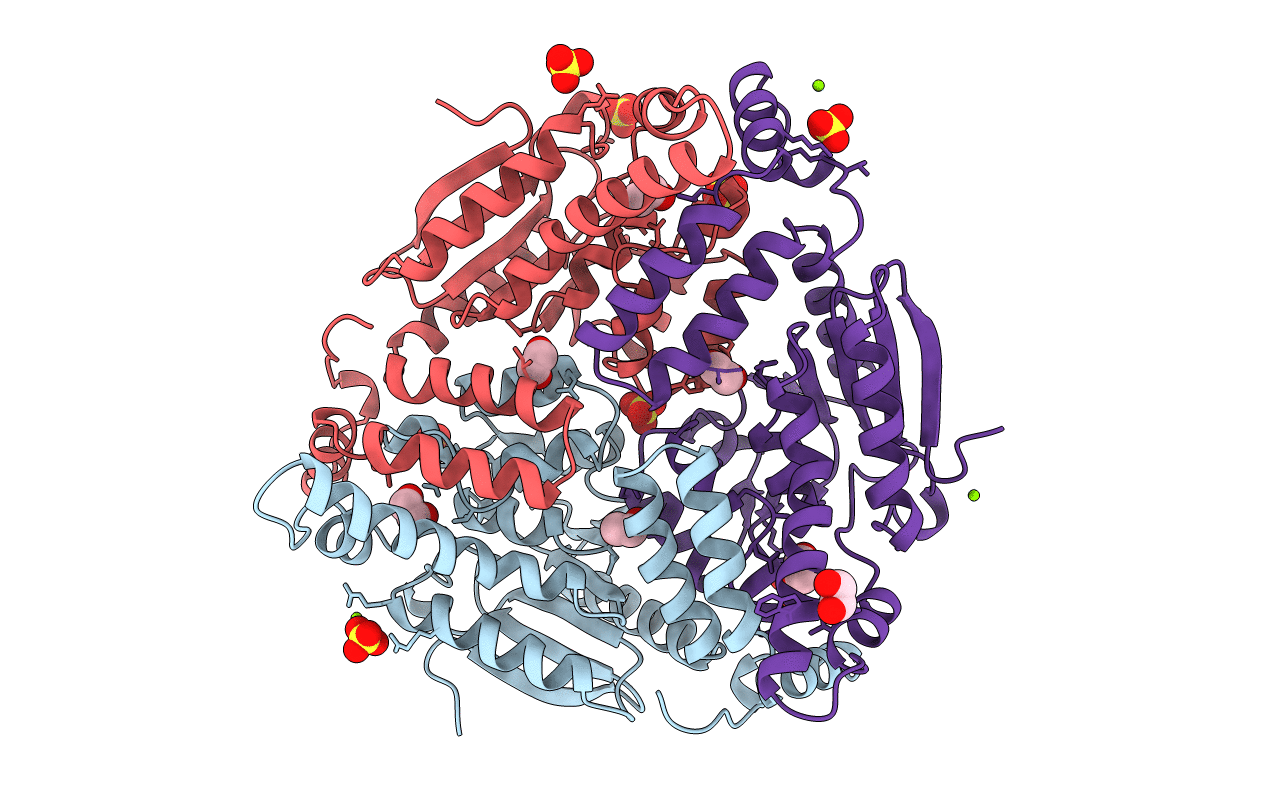
Deposition Date
1998-02-13
Release Date
1999-03-30
Last Version Date
2024-02-07
Method Details:
Experimental Method:
Resolution:
1.50 Å
R-Value Free:
0.20
R-Value Work:
0.17
Space Group:
P 31 2 1


